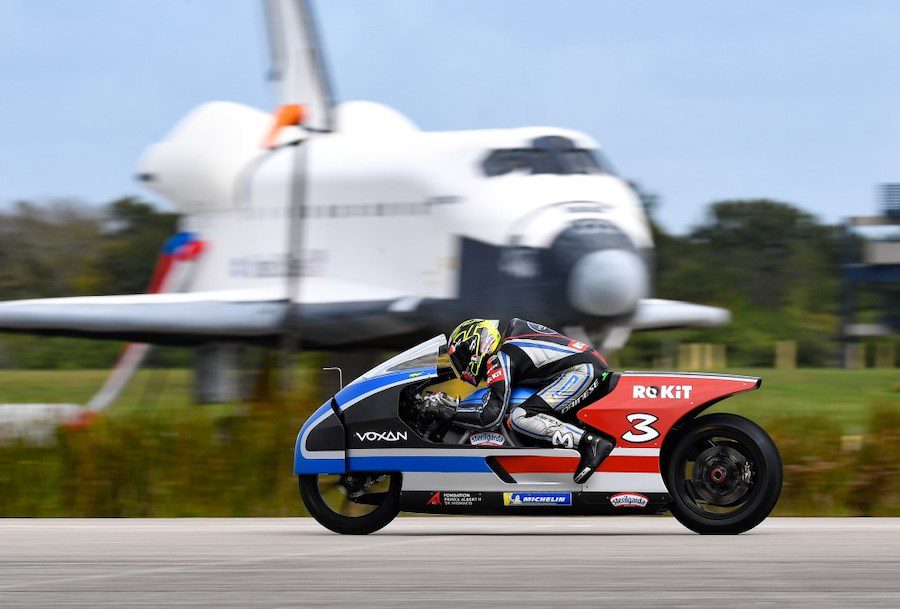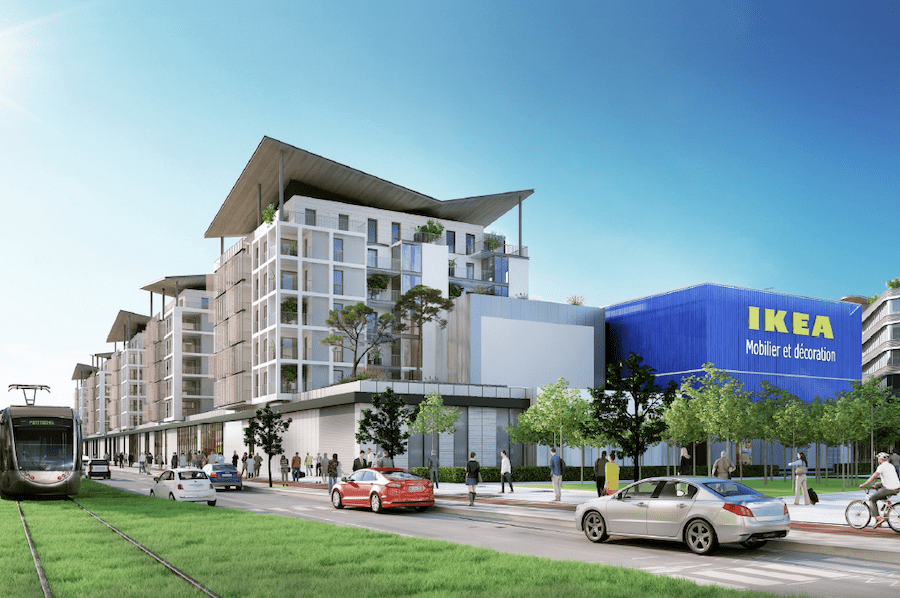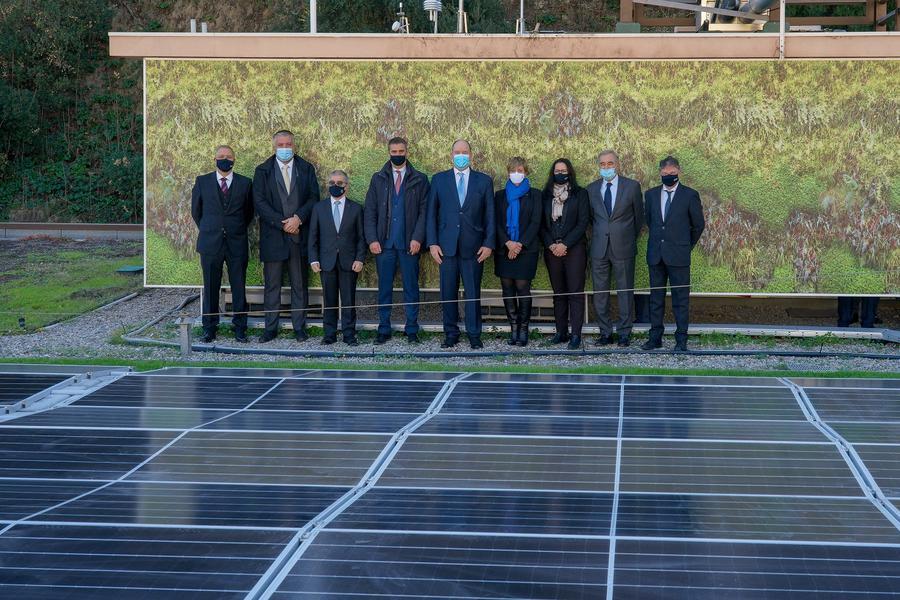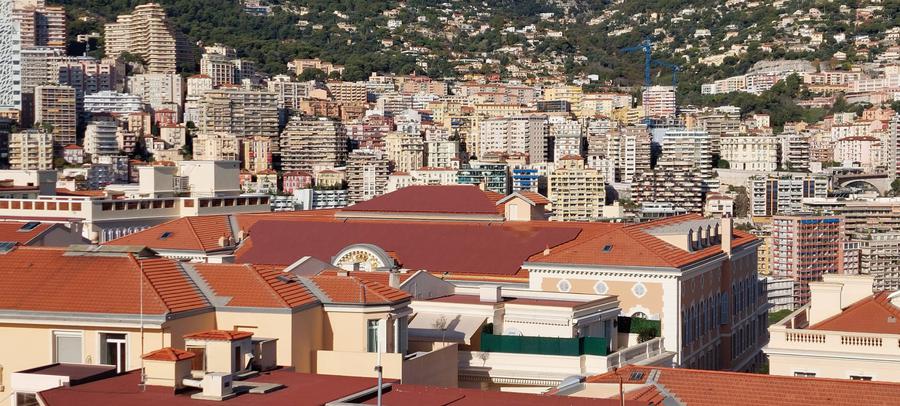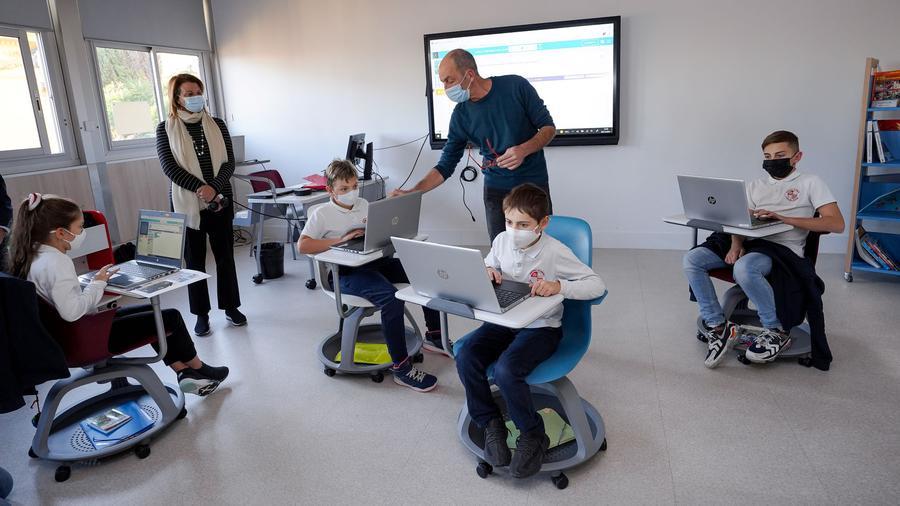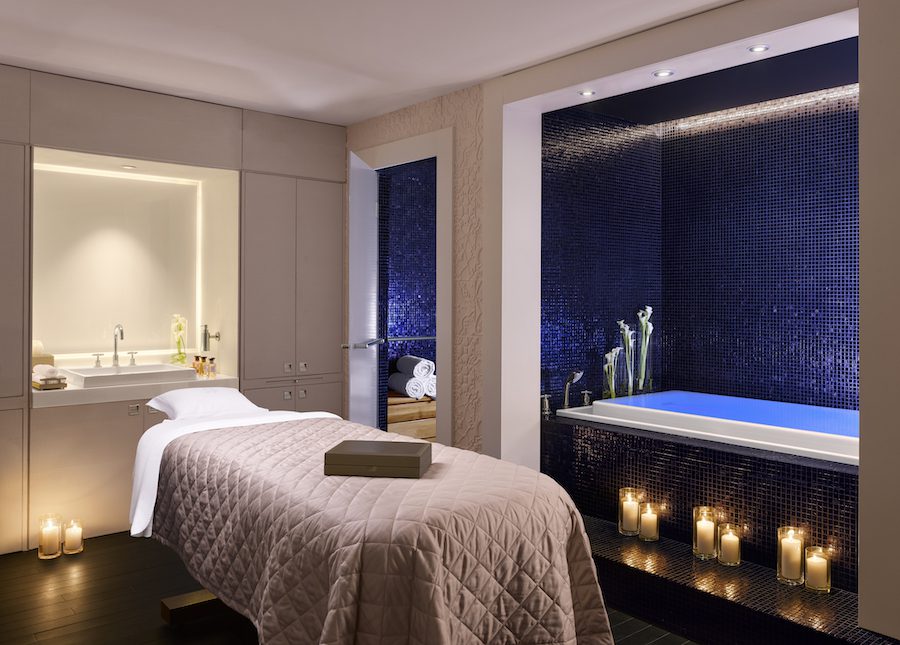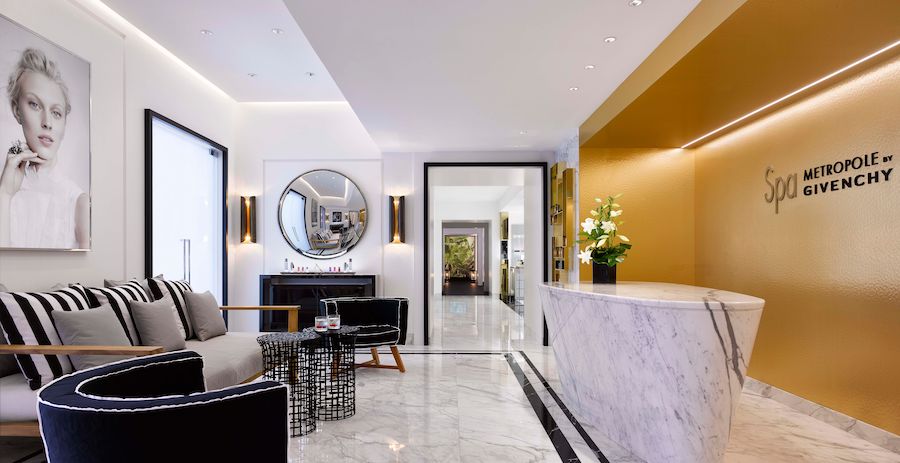Sustainable luxury brand Marli Dresses has formed a partnership with former Guess model and Monaco socialite Victoria Silvstedt, creating a new line called the Wild Life Collection.
What happens when a fashion designer and a model who are both long-time animal rights activists and eco-warriors meet? A new line of environmentally friendly clothes is created, naturally.
This was exactly the case when Marli Dress co-founder Liliya Tippetts and model Victoria Silvstedt met. They found they had a tremendous amount in common and decided then and there to work together on a new collection which they have called the Wild Life Collection.
“I strongly believe in women empowering women,” says Liliya Tippetts. “Victoria has been a close colleague of mine and I highly admire everything that she has done from acting and modelling to being a businesswoman. Much of this resonates with myself as the founder of a fashion brand and I thought it was a must to work together.”
But the process didn’t happen overnight. It took months for the duo to find the right fabrics and colours that reflected their mutual desire to be flattering as well and reflective of nature.
“Collaborating with a fashion icon like Victoria, we wanted to evoke strong femininity in our new collection. Femininity is much more than being soft. It is powerful and unapologetic,” adds Tippetts. “This is what I wanted to show through our collection together. By combining sheer, flowing fabric with bold prints like cheetah, we were able to achieve this.”
The line includes delicate beach coverups with bold animal prints and high-waisted wrapped miniskirts in several eye-catching hues. The line was made to be versatile, with the ability to seamlessly go from beach to bar. They say they created the line for all body types, accentuating feminine curves, resulting in gorgeous silhouettes, whilst remaining elegant.
“A lot of my vacation time is spent going to St. Barts, it’s a breath-taking island,” says Victoria Silvstedt. “Aside from the star-studded crowd and amazing restaurants, the island is known for its stunning beaches. Going there, it is almost impossible not to reconnect with nature, and where we come from, The Wild Life Collection is inspired by just this. The colours we’ve used for our skirts are inspired by the crystal blue waters and tan sand beaches. Bold prints are inspired by the nature around us.”
SEE ALSO

